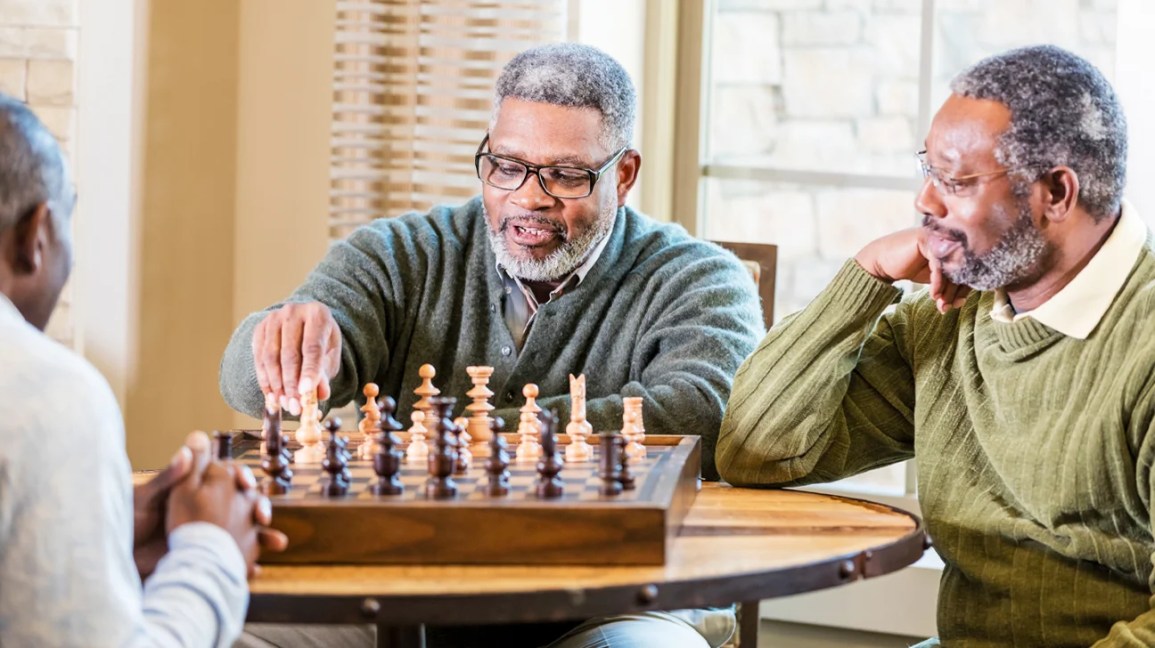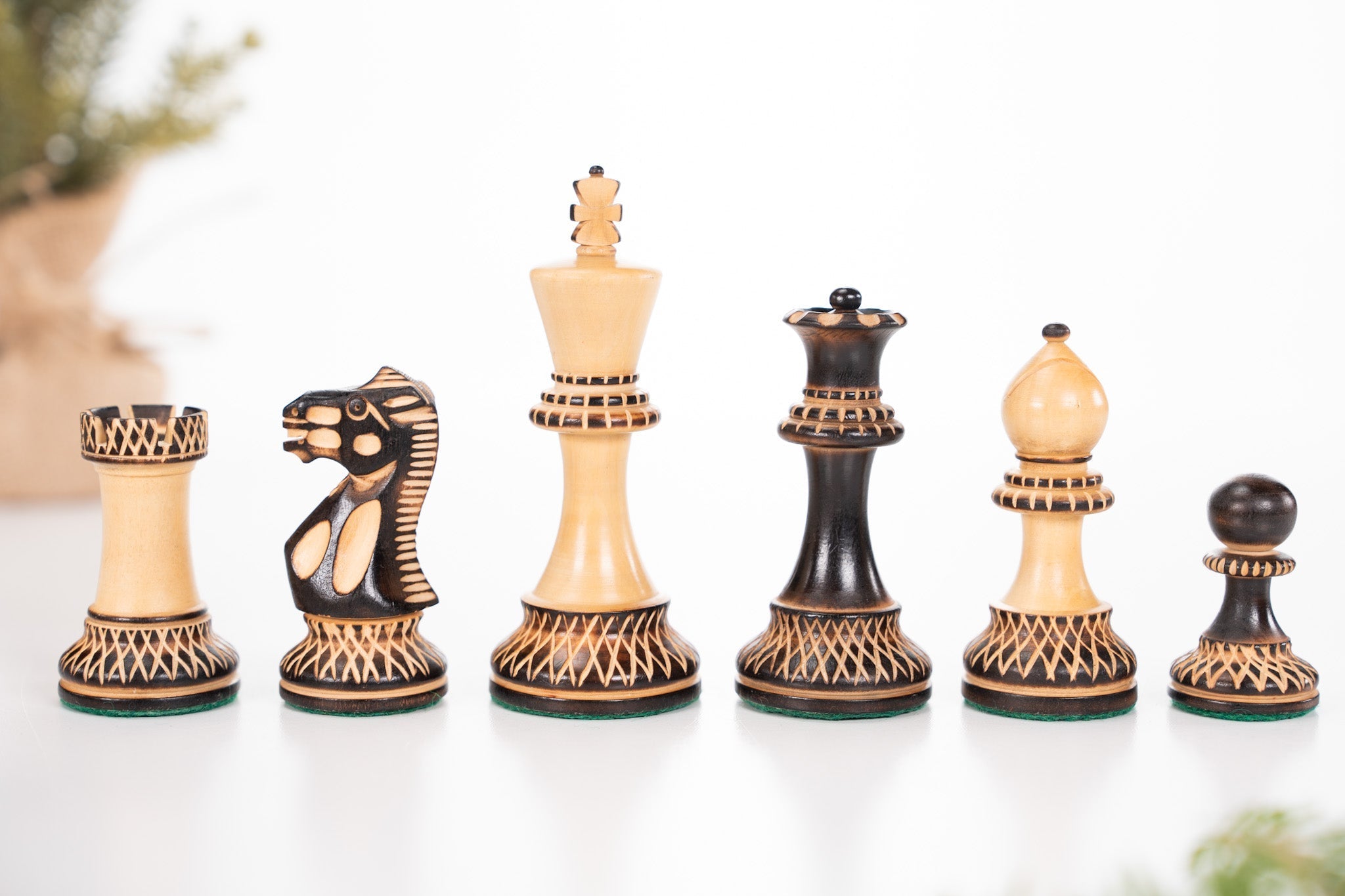Chess is a game of strategy and skill. Teaching kids the rules can be a fun way to boost their thinking.
So, what are the rules of chess for kids? Chess has been enjoyed for centuries. It’s a game that helps develop patience, critical thinking, and problem-solving skills. But before kids can dive into the game, they need to understand its rules.
From how pieces move to the objective of the game, each rule plays a crucial role. Introducing these rules in a simple, clear way can make learning chess enjoyable. This blog post will break down the essential rules of chess for kids, making it easy for them to grasp and enjoy this classic game. Let’s get started on this exciting journey into the world of chess!
Introduction To Chess
Chess is a fascinating game that has been played for centuries. It is a strategic board game that involves two players. Each player controls 16 pieces. The goal is to checkmate the opponent’s king. Let’s explore why kids should learn to play chess and the benefits it offers.
Why Play Chess?
Chess is not just a game; it is a mental workout. It helps develop strategic thinking and problem-solving skills. Kids learn to think several steps ahead. Here are some reasons why chess is beneficial:
- It enhances concentration.
- It improves memory.
- It fosters creativity.
Benefits For Kids
Chess offers numerous benefits for children. It is a fun way to boost cognitive abilities. Here are some key benefits:
- Improves Focus: Kids learn to pay attention to details.
- Encourages Patience: They understand the value of thinking before acting.
- Enhances Problem-Solving: They develop skills to solve complex problems.
Playing chess also teaches kids about fair play. They learn to respect opponents and follow rules. It is a great way to build sportsmanship. Chess also helps in social development. Kids can play with friends, making new connections.

Credit: www.chesskid.com
Chess Board Layout
Chess is a fun and educational game for kids. Understanding the chess board layout is the first step to learning chess. A well-set board helps kids learn the game faster and enjoy their play.
Setting Up The Board
To start, place the board between two players. Ensure the bottom-right square is white. This is important for the correct setup. Next, arrange the pieces.
Each player has 16 pieces. Place the rooks in the corners. Beside them, place the knights. Next to the knights, position the bishops. The queen goes on her color. The king stands beside her. Line up the pawns in the second row.
Understanding The Squares
The chess board has 64 squares. They alternate between light and dark colors. Each square has a unique name. These names are coordinates.
Rows are called ranks and are numbered 1 to 8. Columns are called files and are labeled a to h. For example, the bottom-left square is a1. The square next to it is b1.
Knowing these squares helps kids understand movements. It makes it easier to follow and discuss the game.
Chess Pieces And Their Moves
Chess is a game of strategy and skill. Each piece on the chessboard has unique moves. Understanding how each piece moves is key to playing chess well. Let’s explore the moves of each chess piece.
Pawns
Pawns are the smallest pieces. They move forward one square. On their first move, they can move two squares forward. Pawns capture pieces diagonally.
| Action | Move |
|---|---|
| Normal Move | 1 square forward |
| First Move | 2 squares forward |
| Capture | 1 square diagonally |
Rooks
Rooks move in straight lines. They can move any number of squares horizontally or vertically. Rooks are powerful in open spaces.
- Move: Horizontally or vertically
- Range: Any number of squares
Knights
Knights move in an L-shape. They move two squares in one direction and then one square perpendicular. Knights can jump over other pieces.
- Move: L-shape
- Special Ability: Jump over pieces
Bishops
Bishops move diagonally. They stay on the same color squares. Bishops cover long distances quickly.
- Move: Diagonally
- Range: Any number of squares
Queens
Queens are the most powerful pieces. They can move in any direction. Queens combine the power of Rooks and Bishops.
- Move: Horizontally, vertically, or diagonally
- Range: Any number of squares
Kings
Kings are the most important pieces. They can move one square in any direction. Protecting the King is crucial.
- Move: Any direction
- Range: 1 square
Understanding these moves will help you play chess better. Each piece has a unique role. Use them wisely!

Credit: study.com
Basic Rules Of Chess
Learning chess can be fun and exciting for kids. Understanding the basic rules is the first step. These rules are easy to learn. They help kids enjoy the game and play better. Let’s dive into the basic rules of chess.
Turns And Moves
In chess, players take turns. Each turn, a player moves one piece. A piece can move in specific ways. For example, pawns move forward but capture diagonally. Rooks move in straight lines. Bishops move diagonally. Knights move in an “L” shape. Queens move in any direction. Kings move one square in any direction. Learning these moves is key to playing well.
Capturing Pieces
Capturing pieces is a big part of chess. To capture, move your piece to the square of an opponent’s piece. That piece is removed from the board. Different pieces capture in different ways. Pawns capture diagonally. Rooks capture in straight lines. Bishops capture diagonally. Knights capture by jumping over other pieces. Queens capture in any direction. Kings can also capture but only one square at a time. Capturing helps you gain an advantage.
Special Moves
Chess has unique moves that make the game more exciting. These moves add a twist and can change the game. Kids learning these special moves will enjoy chess more.
Castling
Castling is a special move involving the king and a rook. The king moves two squares towards a rook. The rook then moves to the square next to the king. This move helps protect the king and connects the rooks. Castling is only allowed if both the king and rook have not moved before. There should be no pieces between them. The king must not be in check or move through a square attacked by an enemy piece.
En Passant
En Passant is a unique pawn capture. It happens when a pawn moves two squares forward from its starting position. If it lands next to an opponent’s pawn, that pawn can capture it. The capture is as if the pawn had moved only one square. This move must be done immediately after the pawn moves two squares.
Pawn Promotion
Pawn Promotion happens when a pawn reaches the other side of the board. The pawn can be promoted to any piece, except a king. Most players choose a queen since it is the most powerful piece. This move can turn the tide of the game.
Winning The Game
Chess is a game of strategy and patience. Understanding how to win is key. Kids can find joy in seeing their efforts pay off. Let’s explore the ways to win a game of chess.
Check And Checkmate
Check happens when one player’s king is in danger. The opponent’s piece can capture the king on the next move. The player must move the king to safety. Or they can block the threat with another piece. Checkmate is the end goal. It means the king is trapped. There is no way to move or block the threat. The player with the checkmated king loses. The game ends immediately. Victory is sweet for the winning player.
Stalemate And Draws
Sometimes, no player wins. This is called a draw. A common type is a stalemate. A stalemate happens when one player has no legal moves. Their king is not in check. But they can’t make any move. The game ends in a draw. Another draw type is a threefold repetition. This happens if the same position appears three times. The game also ends in a draw. Understanding these rules helps kids enjoy chess more. They learn different outcomes of the game.
Basic Strategies
Chess is an exciting game that helps kids develop critical thinking and problem-solving skills. Learning basic strategies can make the game even more fun and engaging. Let’s explore some fundamental strategies that can help kids improve their chess game.
Opening Moves
Opening moves are crucial in chess. They set the stage for the rest of the game. Here are some tips for good opening moves:
- Move your pawns to the center, like e4 or d4.
- Develop your knights and bishops early.
- Try to control the center of the board.
- Avoid moving the same piece multiple times in the opening.
- Castle your king to safety early in the game.
Controlling The Center
Controlling the center of the board gives you more space to move your pieces. It also limits your opponent’s options. Here are some ways to control the center:
- Pawn Control: Place your pawns on central squares, like e4, d4, e5, and d5.
- Piece Development: Move your knights to f3 and c3, and your bishops to c4 and f4.
- Maintain Pressure: Keep your pieces active and ready to attack.
These strategies are simple yet effective. They help kids build a strong foundation in chess. Encourage them to practice these tips in every game to see improvement.
Tips For Young Players
Learning chess can be exciting for kids. With some tips, they can improve quickly. These tips focus on regular practice and patience.
Practicing Regularly
Practice is key to getting better at chess. Set aside time each day. Even 15 minutes can make a big difference.
Use chess puzzles and online games to practice. Playing different opponents helps too. They can learn new strategies and moves.
Join a chess club if possible. It provides a chance to play more often. Kids can also learn from experienced players there.
Playing With Patience
Patience is important in chess. Rushing can lead to mistakes. Teach kids to take their time.
Encourage them to think before each move. Look at the whole board. Consider the opponent’s possible moves. This helps in making better decisions.
Remind them that losing is part of learning. Each game is a chance to improve. Celebrate their efforts, not just wins.

Credit: www.chesskid.com
Conclusion
Teaching kids the rules of chess can be a fun experience. They learn strategy and patience through this classic game. Keep lessons simple and engaging. Use visuals to explain moves. Practice frequently and praise their progress. Before you know it, they’ll enjoy playing chess.
This timeless game offers valuable skills for life. Happy playing!







